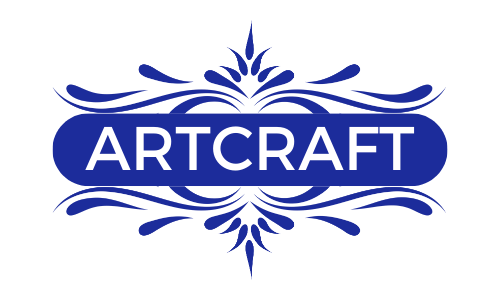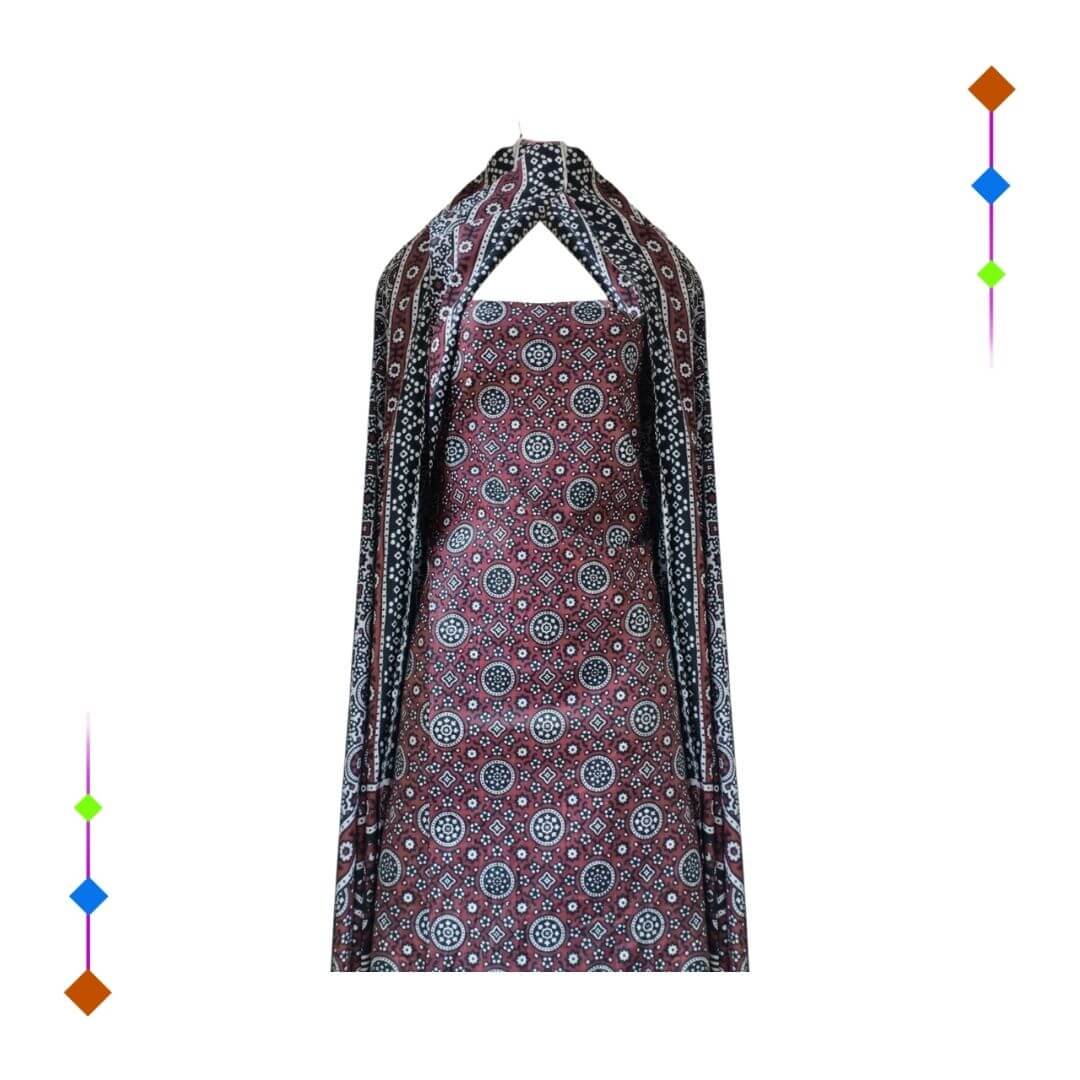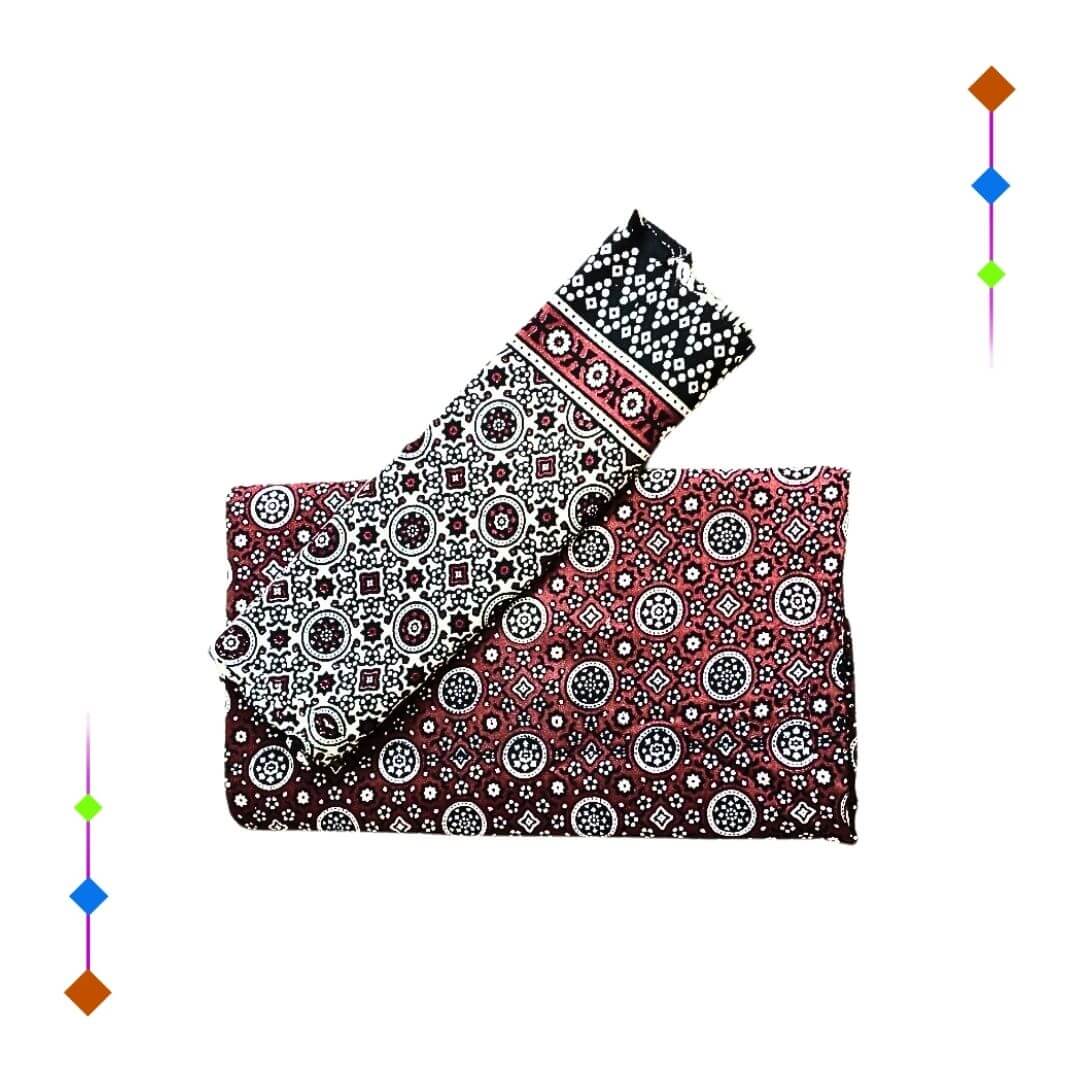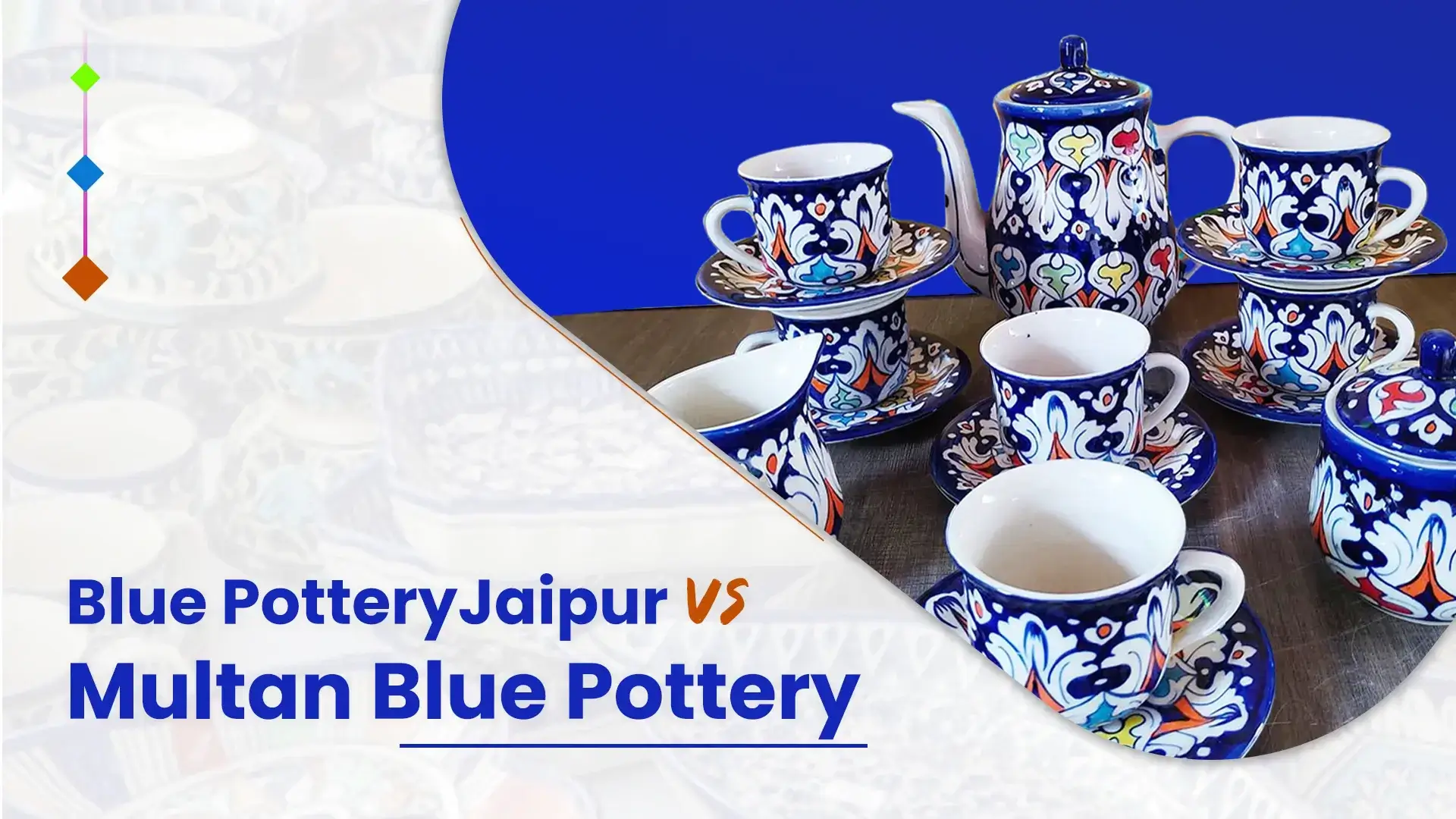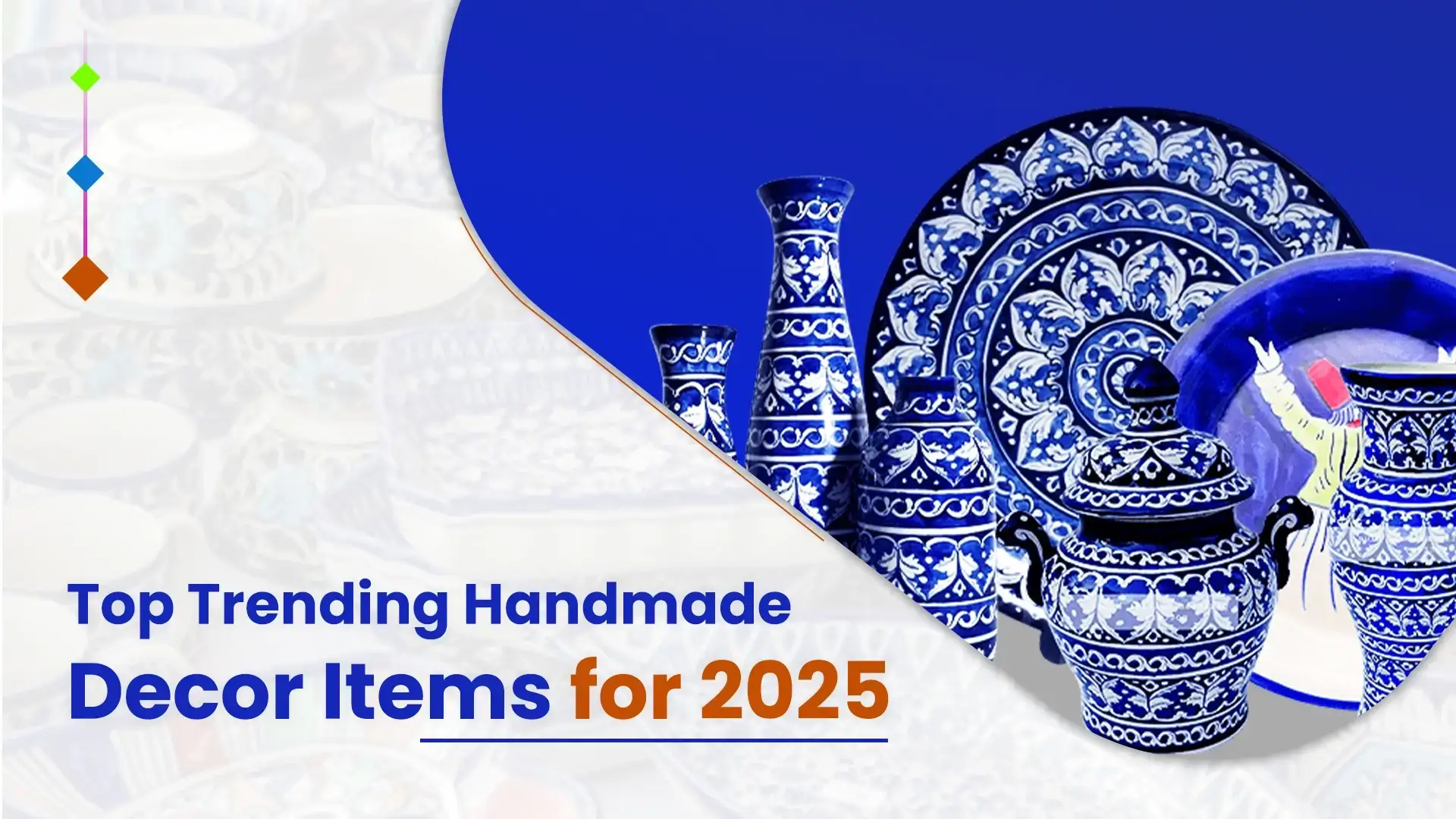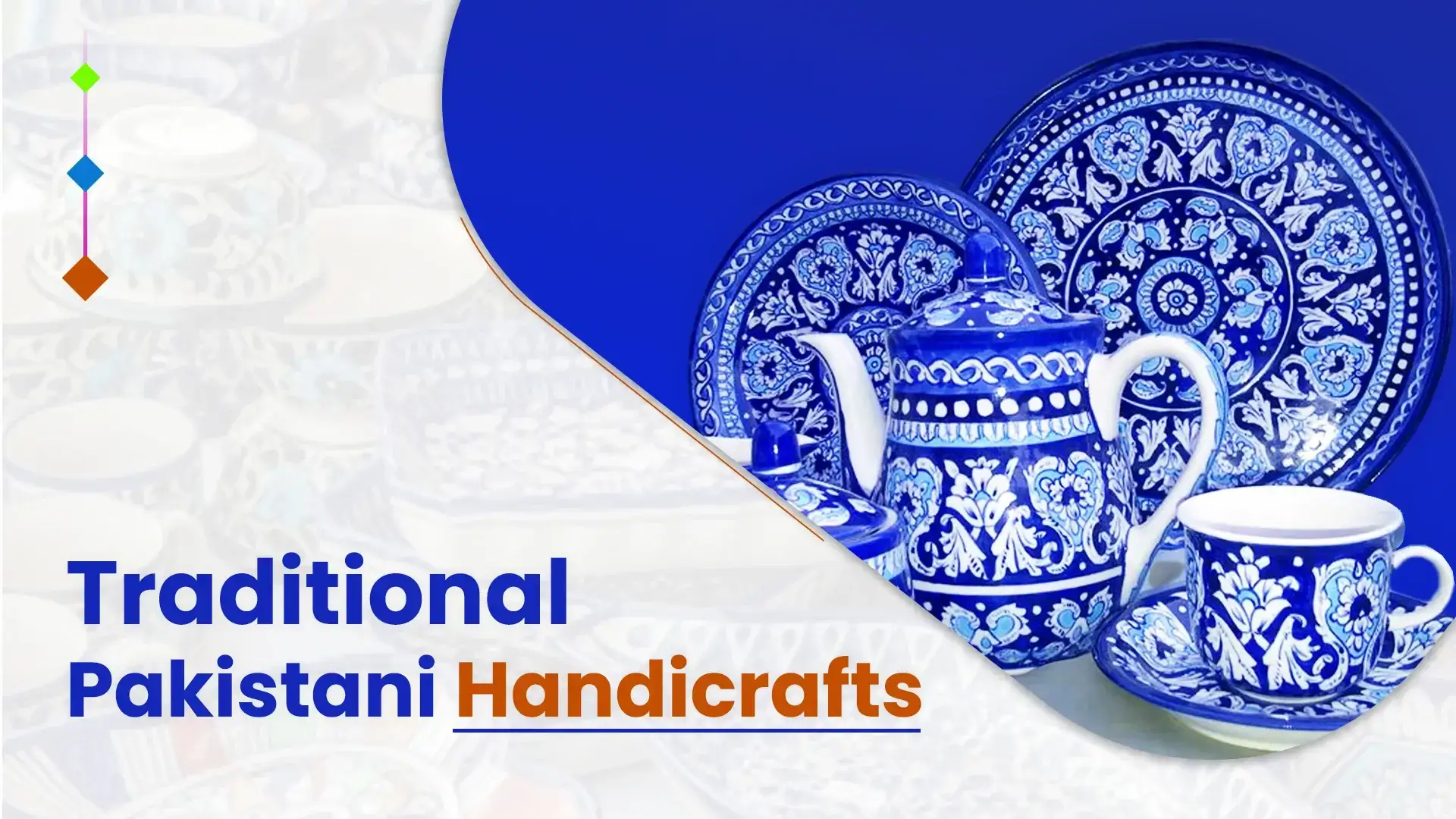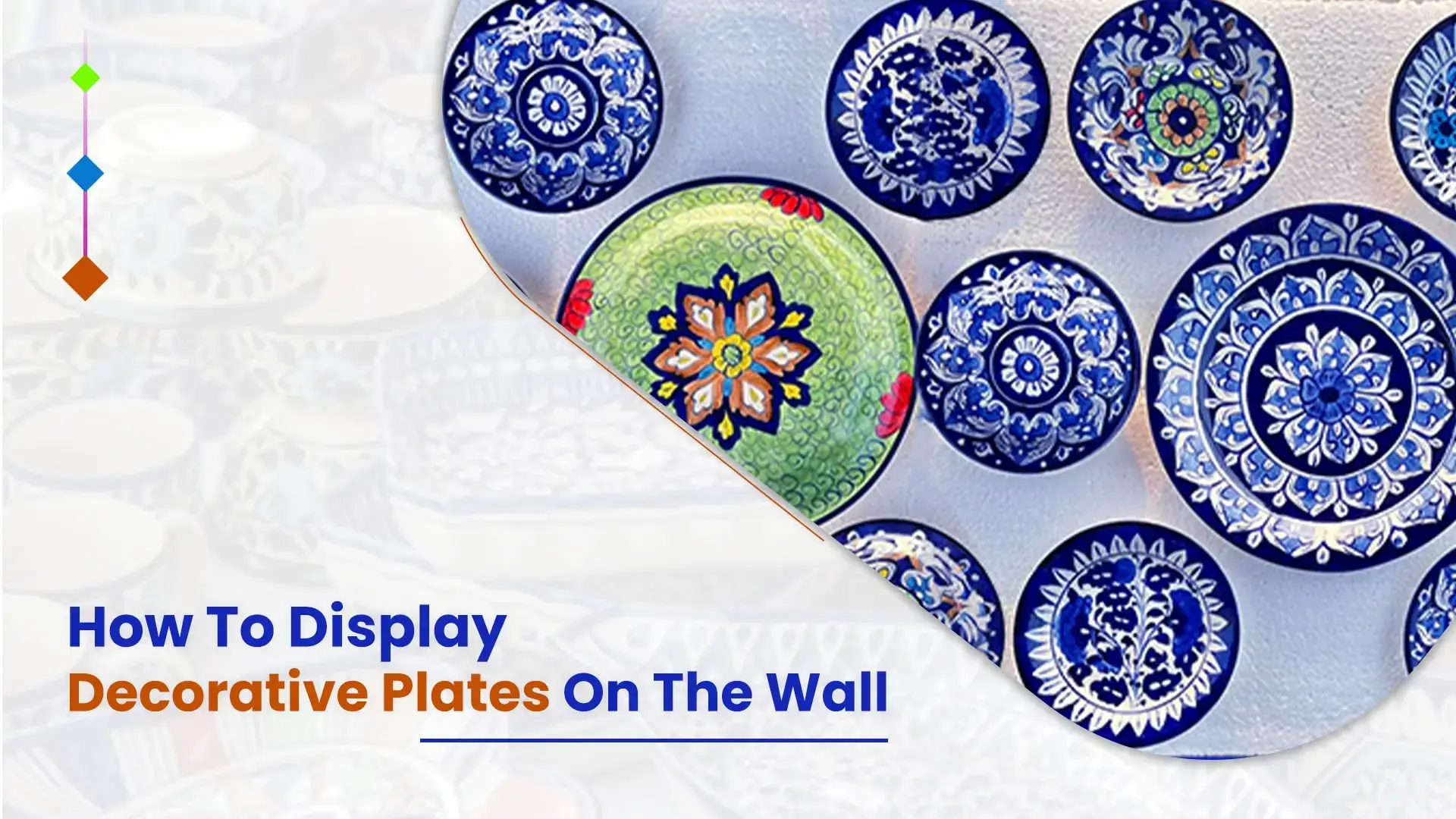Sindhi Ajrak – Symbol of Sindhi Culture
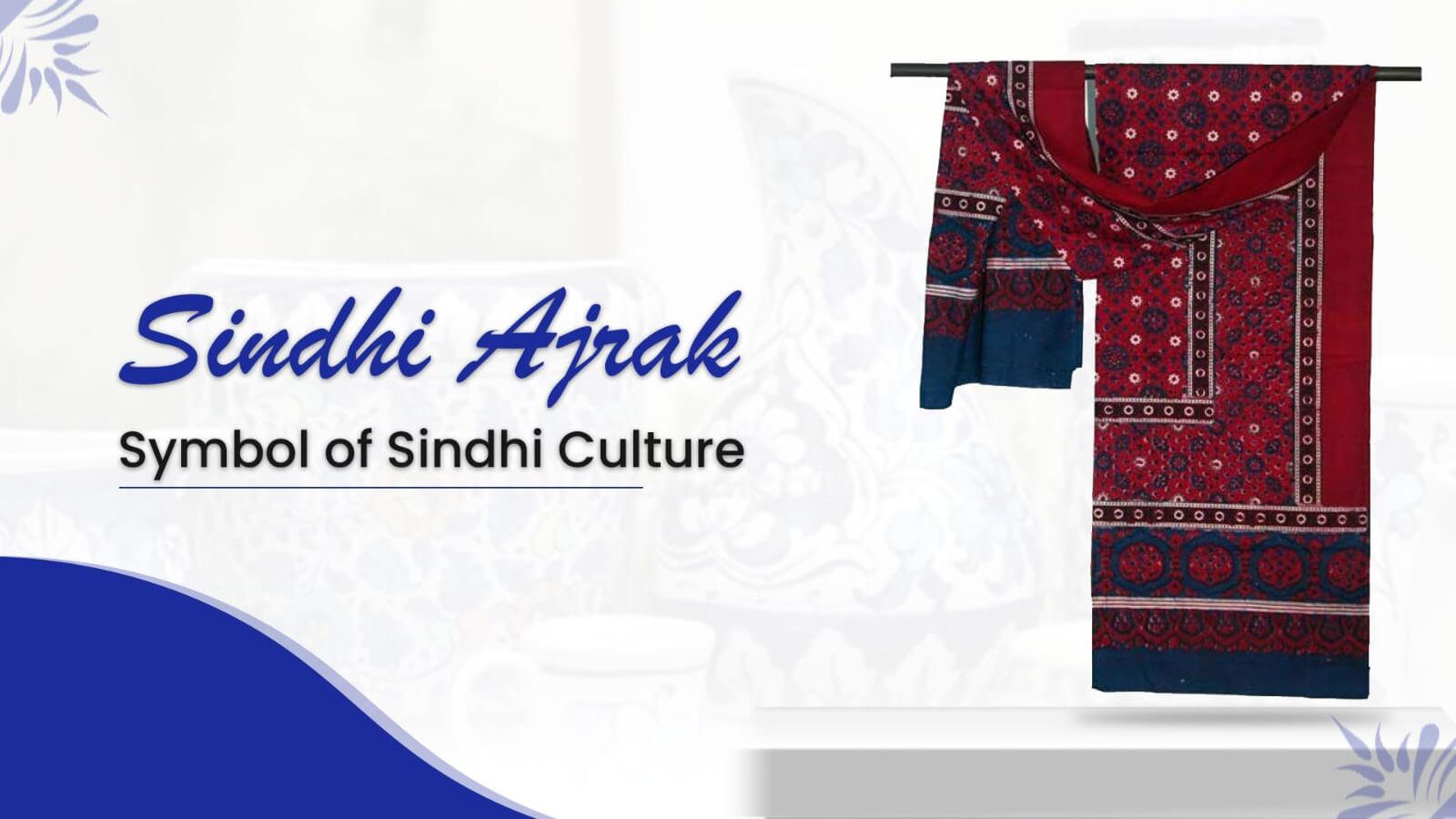
Sindhi Ajrak is a beautiful, colorful shawl that shows the pride and tradition of Sindhi people in Pakistan. It’s more than just a piece of cloth, it’s a strong part of Sindhi identity and history.
In this blog, you’ll learn about the history of Sindhi Ajrak, what it means, how Sindhi Ajrak is made, and why people still love and wear it today. Whether you love culture, fashion, or want to buy Sindhi Ajrak in Pakistan, this guide is for you.
What is Sindhi Ajrak?
Ajrak is a traditional cloth from Sindh. The word “Ajrak” comes from the Arabic word ‘Azrak’, which means blue, one of the main colors used in the shawl.
It’s usually made in red, blue, and white colors, with beautiful block-printed designs. People wear it on special days, at weddings, or give it as a gift to show respect.
History of Sindhi Ajrak
The history of Sindhi Ajrak goes back over 5,000 years to the Indus Valley Civilization. Old remains found in Mohenjo-Daro show that people back then used indigo dye and printed fabric using wooden blocks — just like today.
Later, during the time of the Mughals, Ajrak became popular with kings and nobles. Over time, it became a symbol of Sindhi culture for all people, not just the rich.
Sindhi Ajrak Meaning
Ajrak is more than something to wear — it has deep cultural meaning. The blue and red colors represent the river Indus, life, and nature.
Giving someone an Ajrak is a sign of honor and respect. In Sindh, people give Ajrak to guests, leaders, and elders during special events.
How Sindhi Ajrak is Made
Making a real Sindhi Ajrak takes a lot of time and skill. It can take up to two or three weeks to finish one piece. Here’s how it’s made:
- Washing the Cloth: The cotton fabric is washed and softened.
- Making the Blocks: Wooden blocks are hand-carved with designs.
- Printing with Mud Paste: The design is printed with a special mud paste.
- Natural Dyeing: The cloth is dyed using natural colors like indigo and red.
- Boiling and Washing Again: The fabric is boiled and cleaned to set the colors.
- Drying in the Sun: The Ajrak is dried in sunlight to bring out the bright colors.
Each Ajrak is unique and handmade with love and tradition.
Sindhi Ajrak in Today’s Fashion
Today, Ajrak is not just worn by elders. Young people, fashion designers, and even celebrities in Pakistan wear Ajrak in new ways. You can now find Ajrak in:
- Shirts and kurtas
- Scarves and handbags
- Cushions and wall hangings
This keeps the tradition alive and also helps local artists and workers in Sindh.
Where to Buy Sindhi Ajrak in Pakistan
You can buy Sindhi Ajrak in Pakistan at local markets in Sindh, Karachi, and Hyderabad, or from online stores. Look for signs of real Ajrak:
- Hand-printed, not machine-made
- Natural dyes (not too shiny or fake-looking)
- Support sellers who work directly with artisans
Want to support Sindhi culture? Check out our authentic Ajrak shawls handmade by Sindhi artists here.
Why Ajrak is Important
Ajrak is more than a fashion trend. It keeps our history and heritage alive. Schools and museums in Pakistan now have Ajrak Day to teach students about it.
The Sindh government is also trying to get Ajrak listed by UNESCO as a world cultural heritage item. This would help protect the art and help more people know about it worldwide.
Conclusion
Sindhi Ajrak is a powerful part of Pakistan’s cultural story. It connects us to our roots and shows the world the beauty of handmade art. Whether you wear it, gift it, or just learn about it — you are keeping a tradition alive.Conclusion
